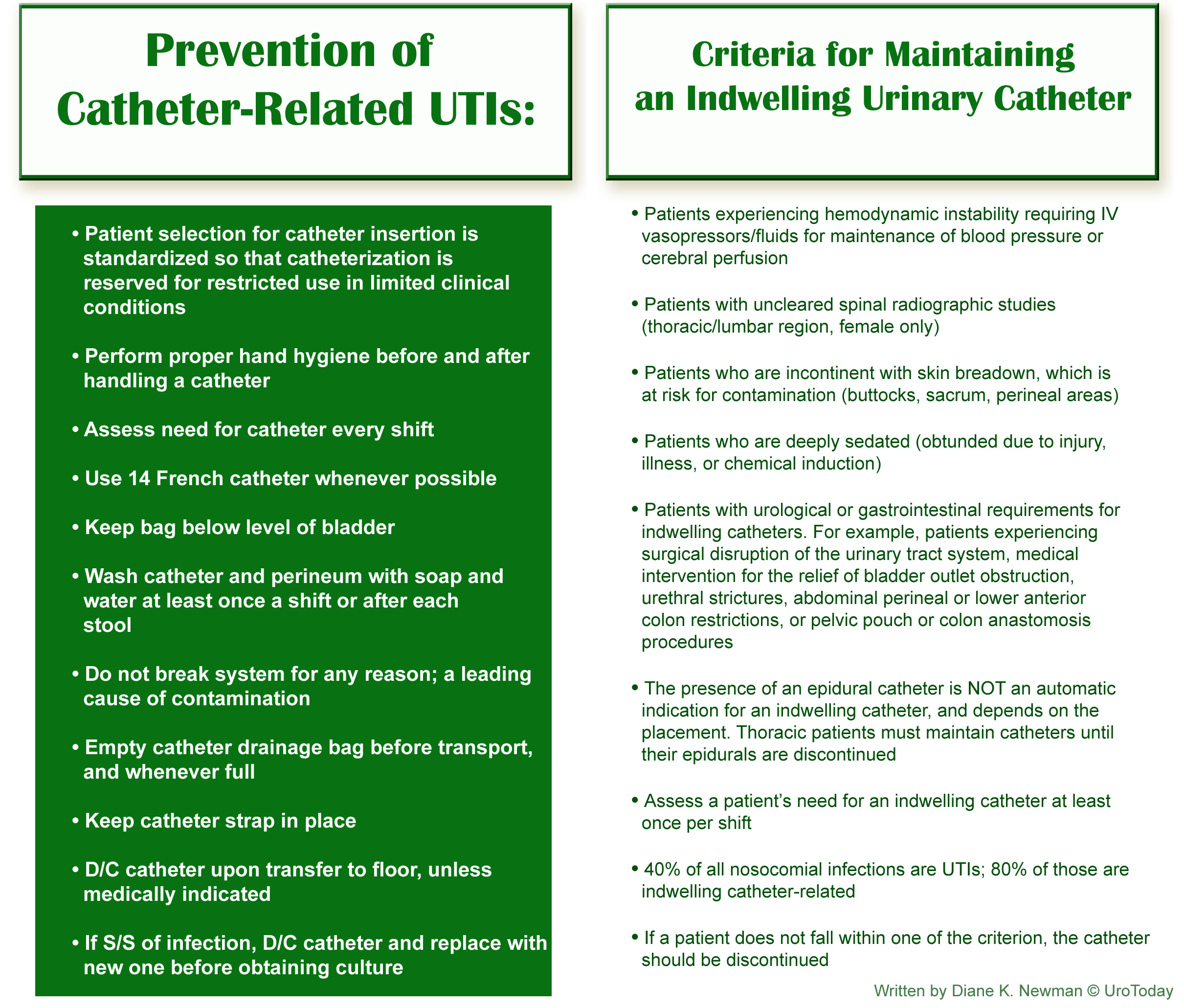Healthcare-Associated Infections: Prevention Status Reports (PSR) - 2013
Healthcare-associated infections (HAIs) are infections that patients acquire while receiving health care for other conditions. These infections cost the US healthcare system billions of dollars each year and lead to the loss of tens of thousands of lives.
CDC recommends strategies for surveillance, prevention, and control of HAIs and antimicrobial resistance wherever health care is provided, including hospitals, ambulatory care facilities, and long-term care facilities. CDC works closely with states to implement these recommendations.
The Prevention Status Reports highlight—for all 50 states and the District of Columbia—the status of a key practice that state health departments can use to reduce HAIs:
State health departments are encouraged to also engage in other practices that will provide actionable HAI data and lead to expanded HAI prevention. These include 1) state health departments validating data sent to CDC’s National Healthcare Safety Network (NHSN), ideally including data on central line-associated bloodstream infections (CLABSIs); catheter-associated urinary tract infections (CAUTIs); and surgical site infections (SSIs); and 2) working with CDC and other partners using NHSN data to target facilities and units most in need of consultation to prevent HAIs and antimicrobial resistance.




